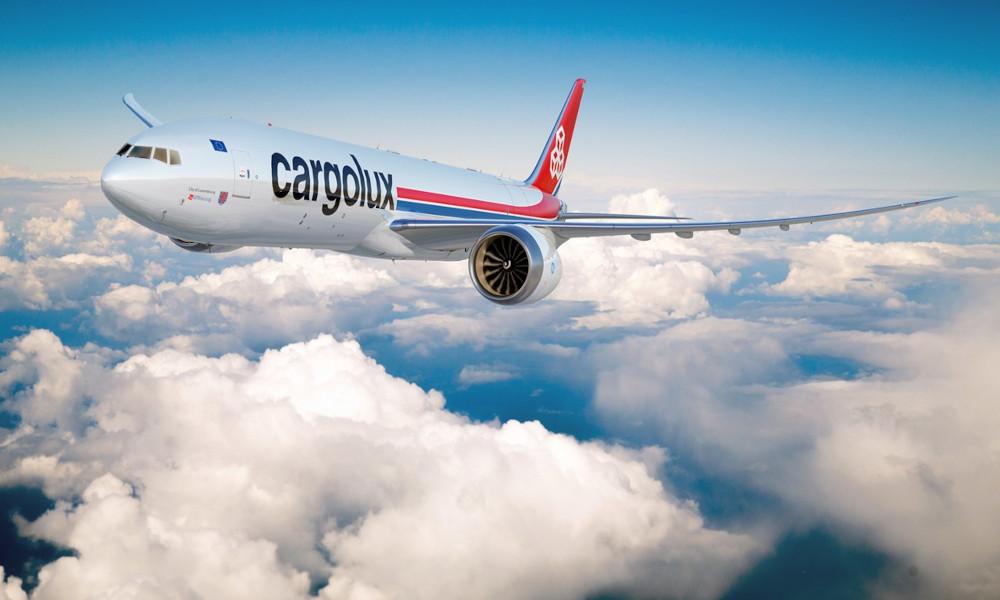
Cargolux recently signed a TrueChoice agreement with GE Aerospace for the GEnx engines powering its Boeing 747-8F aircraft.
Very few new widebody engines are sold without an accompanying OEM maintenance contract—the latest example being Cargolux’s TrueChoice services agreement for GE Aerospace to support the GE9X engines for its on-order Boeing 777-8F aircraft.
Cargolux also extended its TrueChoice contract for its in-service GEnx engines on its 747-8F aircraft.
Typically, such maintenance agreements offer a wide range of services and support infrastructure on a cost-per-flight-hour basis. Thus, they take much of the strain of cost planning away from the airline.
However, this does not mean an airline can abdicate responsibility for the long-term cost management of its engines.
“No engine maintenance contract covers all risks and eventualities, and incremental coverage generally comes at a premium,” a spokesperson for Air France Industries KLM Engineering & Maintenance (AFI KLM E&M) tells Inside MRO.
“Even in the case of a comprehensive power-by-the-hour [flight-hour-based] type of agreement, time on wing continues to impact both the operational impact of engine removals and the timing of cash flows triggered by maintenance events in case of restored rates. Use of cycles on life limited parts (LLP) is generally also not covered in a power-by-the-hour contract,” the spokesperson adds.
Widebody engine operators must also approach lifecycle planning differently to narrowbody operators, since their different operational profile means engine removals are more performance driven than for narrowbody engines, which hinge more on LLPs.
Thus, the use of data and predictive maintenance becomes more important, especially since widebody engines fly far outside an airline’s core logistical network.
“Consequentially, early detection of potential maintenance needs and avoidance of outstation repairs and removals is more critical for widebody engines compared to narrowbody engines,” says AFI KLM E&M.
For a full analysis of widebody engine lifecycle cost planning, see the next issue of Inside MRO.





